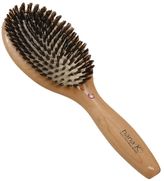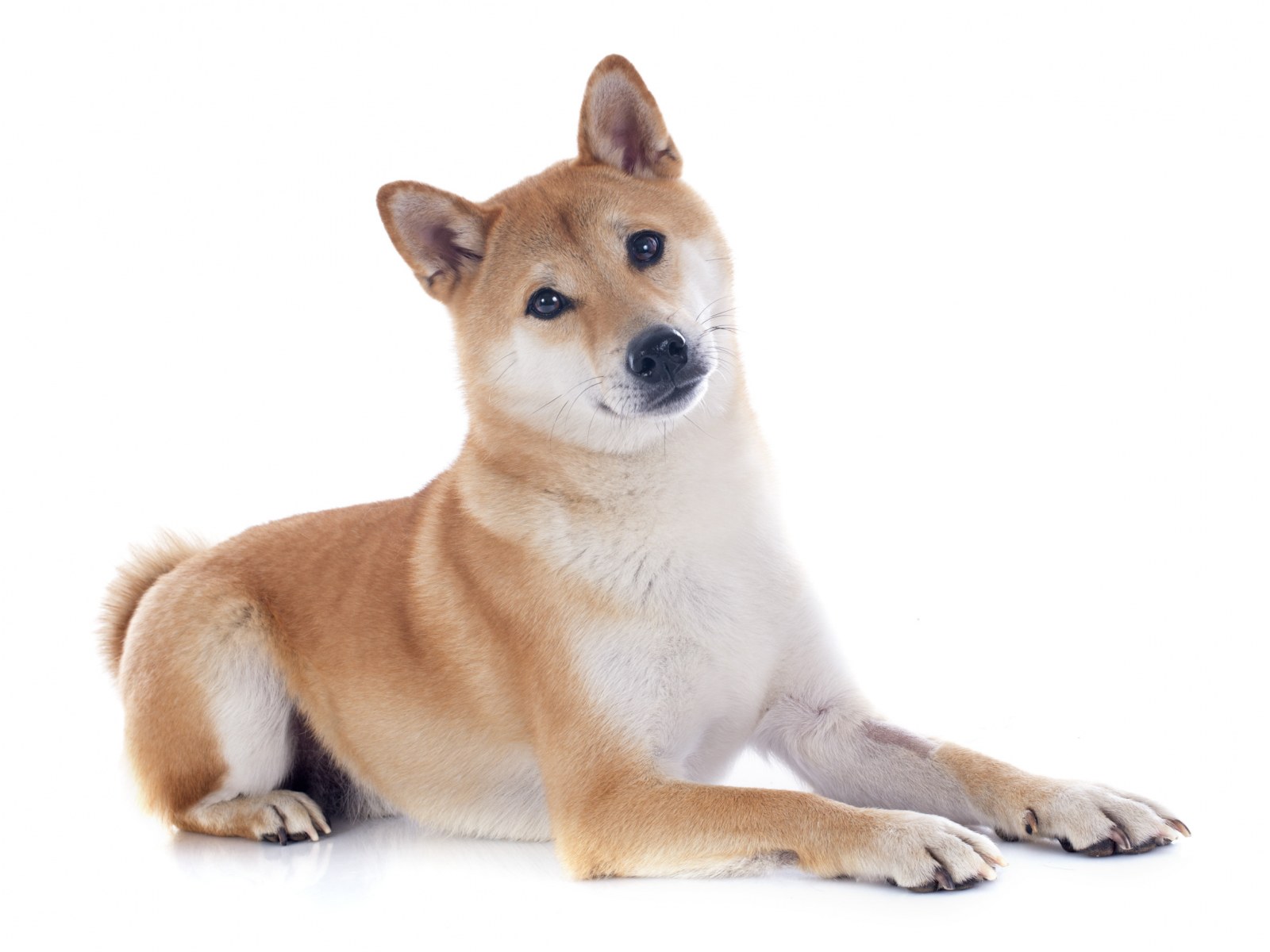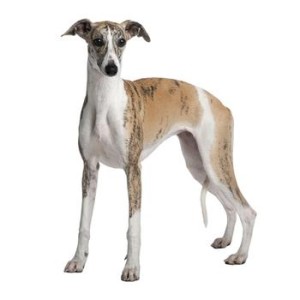In this post we’re going to take a closer look at grooming smooth coated dogs: bathing and drying, brushing the coat and so on…. But first, let’s get a little bit familiar with these dogs.
What Is The Coat Like?
- Short single coat, lying close to the body.
- Coat does shed quite profusely, so loose hairs accumulate on clothes, carpets and furnishings.
- Easy to maintain, generally clean, not liable to become smelly.
- These dogs tend to feel the cold, so may need the protection of a coat or jacket in winter.
- Coat provides little protection from insect stings or dog/cat bites.
- Take care with grooming tools as skin is soft and can be sensitive to harsh treatment.
Bathing & Drying
Frequency
- Bathe from once a week to once every 12 weeks.
Pre-Bath
- Collect all items that you will need: cotton balls for blocking ears; shampoo and conditioner; jug for mixing shampoo; jug for rinsing the dog clean; towels.
- Place dog on an anti-slip mat in the bath.
- Put a cotton ball gently in each ear to prevent water getting into the ear canal.
Bathing
- Make sure that the water temperature is suitable – just around warm.
- Thoroughly wet the dog all over except for the head.
- Use a quality, regular, all-purpose shampoo and massage the lather thoroughly into all parts of the body.
- Rinse most of the lather out of the coat.
- Now wash the dog’s head with tear-free shampoo.
- Rinse whole dog thoroughly until coat is “squeaky clean”.
Drying
- Start by toweling dry as much of the head and body as possible.
- Follow this by using a hand dryer over the body. Test the temperature of the airflow – it should be warm, not hot, and set to high speed. Be careful using the dryer around the head area.
- Use your hands or a bristle brush to raise the nap of the coat so that air can penetrate to the base of the hair.
- Work steadily until the coat is completely dry.
1. Dog Control
- If your dog is liable to shy and you cannot secure him with a collar and lead, enlist the aid of a helper to hold the dog’s head steady and thereby gain control.
- You want to prevent the dog from moving around or jumping off the grooming station.
2. Body Checks
- Feet: Check the length of nails and condition of pads, and clear any dirt from between the claws.
- Teeth: Check teeth and gums looking for tartar, signs of disease or inflammation.
- Eyes: Check the eyes and clean out any sticky deposits.
- Ears: Monitor ears for wax, general dirt or signs of ear mites.
Brushing Sequence
- Begin by using the bristle brush to remove dead hair and debris from the coat. By starting at the head, you gain instant control over the dog. Take care when working the brush around the eyes and ears.
- Use a light but firm action with the brush. By raising the muzzle, you stretch out any wrinkles in the skin of the neck, making it easier to brush there effectively.
- You can use long strokes of the brush on a short coat as there will be little natural resistance to the flow of the brush’s bristles across the surface of the skin.
- Finish off over the rump and tail area. When working on the legs, it can help to raise individual legs; this effectively immobilizes the dog and helps to stop it from trying to move around on the tabletop.
Grooming Glove Finish
- Lift the head to make the skin taut, and work the rubber grooming glove over the neck and chest area.
- To remove loose hair you should work to and fro in a circular fashion across the body. You can use long strokes. The rubber pimples on the glove “embrace” the coat and stimulate the skin. The effect for the dog is not unlike a stimulating body massage.
- Work systematically along the flanks. With this sort of coat you can work in any direction with the glove. You should lift each leg to work the mitt under the armpits.
- Complete the job by working on the other side of the dog. It may help the dog if you support the limb you are working on. It puts you in quiet, but strong, control.
Required Grooming Kit:
- Bristle brush: A gentle brush for removing dead hair and dirt.
- Sheen brush: An alternative natural bristle brush that imports a final shine to the coat.
- Rubber glove: Used to loosen and remove dead hair and dirt and invigorate the skin.
- Rubber brush: Similar in action to the rubber glove – the rubber tines stimulate the skin.
Grooming Smooth Coated Dogs was last modified: April 23rd, 2013 by zsoltm1778


